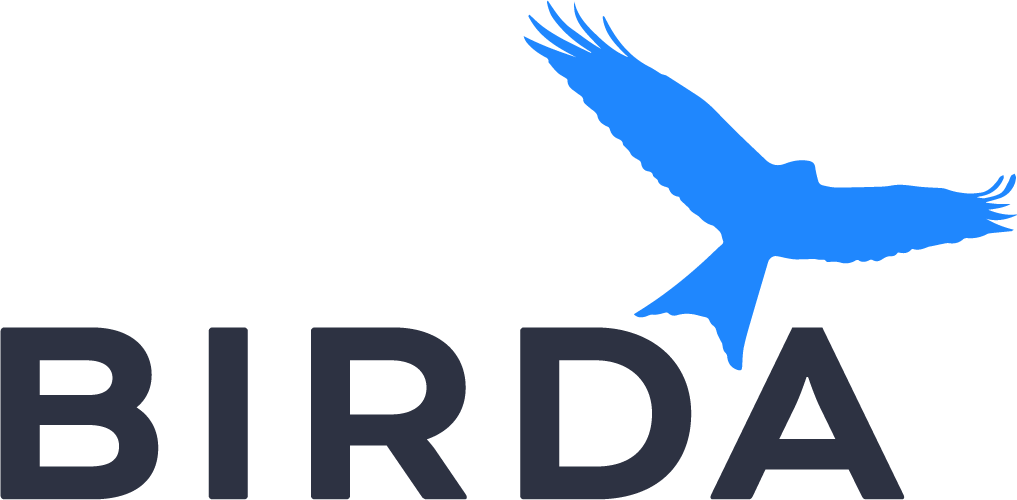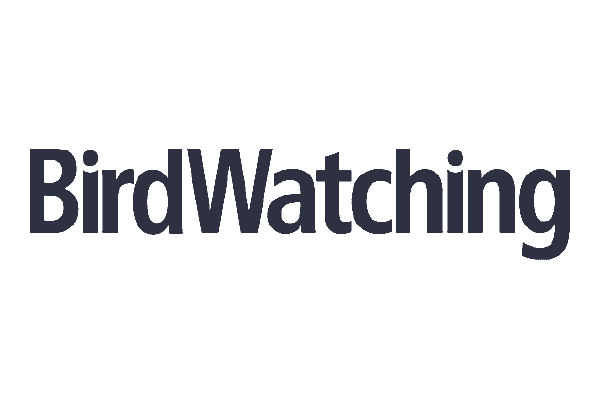
Indian Yellow-nosed Albatross
Thalassarche carteri
The Indian yellow-nosed albatross, Thalassarche carteri, is the smallest of the mollymawks, a subgroup within the albatross family. This elegant seabird is characterized by its pale grey or white head and nape, contrasting with a dark grey mantle, upperwing, and tail. The rump and underparts are a pristine white, while the underwing sports a black tip with a narrow black margin at the leading edge. The bill is a striking black with a yellow upper ridge and a red tip, distinguishing it from its relatives.
Identification Tips
Adult Indian yellow-nosed albatrosses have a distinctive yellow ridge on their black bill, capped with a red tip. Juveniles, however, have an all-black bill and a white head, which can cause some confusion. When identifying this species, look for the lighter grey plumage on the head compared to the Atlantic yellow-nosed albatross, with which it was once considered conspecific.
Habitat
The Indian yellow-nosed albatross is an oceanic bird, breeding on remote islands in the Indian Ocean. It nests in bare rocky areas or amidst tussock grass or ferns.
Distribution
This albatross breeds on the Prince Edward Islands, Crozet Islands, Kerguelen Island, Amsterdam Island, and St Paul Islands. Outside the breeding season, it roams the southern oceans, from South Africa to the Pacific Ocean near New Zealand, typically between latitudes 30° S and 50° S.
Behaviour
The Indian yellow-nosed albatross is a colonial breeder, with adults commencing breeding at eight years of age. They construct mud nests and lay a single egg. The breeding season starts in August, with egg-laying around September or October. Incubation takes approximately 70 days, and the chick's fledging period is around 115 days.
Feeding
This species feeds on fish, crustaceans, and cephalopods, often foraging up to 1,500 km from their breeding colony during incubation.
Conservation Status
The Indian yellow-nosed albatross is classified as Endangered by the IUCN. The population has experienced significant declines over the past seventy years, primarily due to longline fisheries and disease outbreaks. Conservation measures include monitoring, protected areas, and mitigation techniques for longline fisheries.
Similar Species
The Indian yellow-nosed albatross can be confused with the closely related grey-headed albatross and Atlantic yellow-nosed albatross. However, it can be distinguished by the lighter grey plumage on its head and the coloration of its bill.
Diet and Feeding
The diet of the Indian yellow-nosed albatross consists of fish, crustaceans, and cephalopods, which it captures from the ocean's surface or just below.
Breeding
Breeding annually, these birds build mud nests on remote islands and lay a single egg. The incubation and fledging periods are critical times when the parents invest heavily in the survival of their offspring.
Song & Calls
The vocalizations of the Indian yellow-nosed albatross are less frequently heard than those of land birds, but they do communicate with a series of guttural sounds, especially during the breeding season.
In conclusion, the Indian yellow-nosed albatross is a remarkable bird, adapted to a life spent soaring over vast oceans. Its conservation is of global concern, and efforts to protect this species are ongoing.












































































